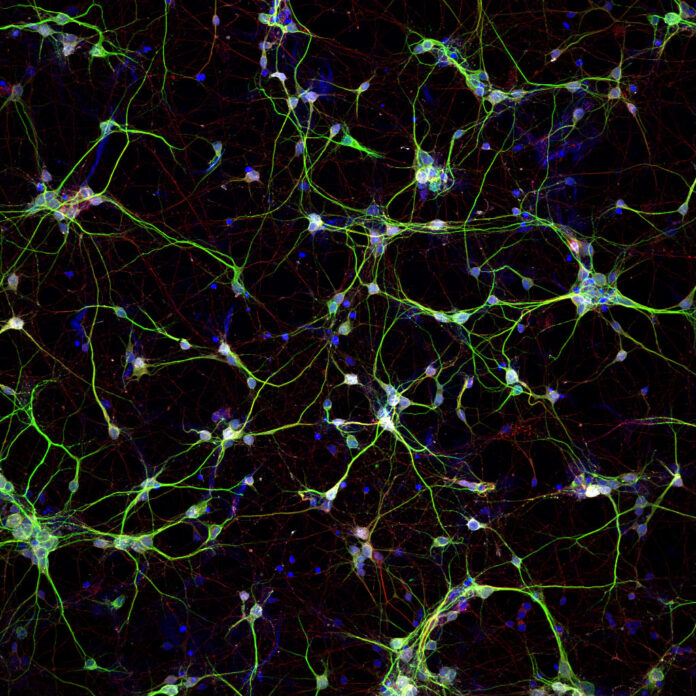Recent advancements in nanomedicine are offering new hope for spinal cord injury treatment, potentially transforming the way these challenging conditions are managed. Nanomedicine, which utilizes nanoparticles—minuscule particles ranging from 1 to 100 nanometers—to deliver therapeutic agents directly to specific cells or tissues, is emerging as a promising solution for spinal cord injuries.
Spinal cord injuries, known for their significant physical and emotional impact, often present difficulties in treatment, with traditional methods failing to precisely target affected areas without affecting surrounding healthy tissues. Nanomedicine addresses this challenge by enabling highly targeted drug delivery.
Recent research highlights the potential of nanoparticles to overcome the blood-brain barrier, a major obstacle in treating spinal cord injuries. These engineered particles can be designed to transport therapeutic agents directly to damaged spinal cord regions. For example, nanoparticles are being utilized to deliver growth factors—key components for nerve cell repair and regeneration—directly to the site of injury. This method not only enhances the effectiveness of the treatment but also minimizes potential side effects.
Furthermore, the flexibility of nanomedicine allows for personalized treatment approaches. By tailoring nanoparticles to address the specific characteristics of an individual’s injury, this technology holds promise for optimizing therapy and improving outcomes.
While these innovations are still in the experimental phase, the advancements made so far suggest a significant shift in spinal cord injury treatment. Continued research and development in nanomedicine could lead to more effective and targeted therapies, offering renewed hope and improved quality of life for individuals affected by spinal cord injuries.




